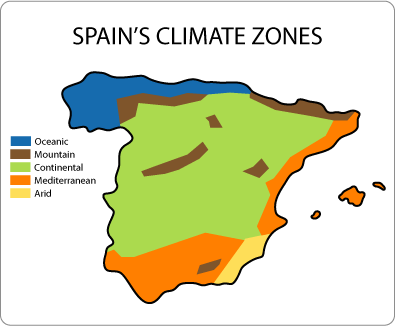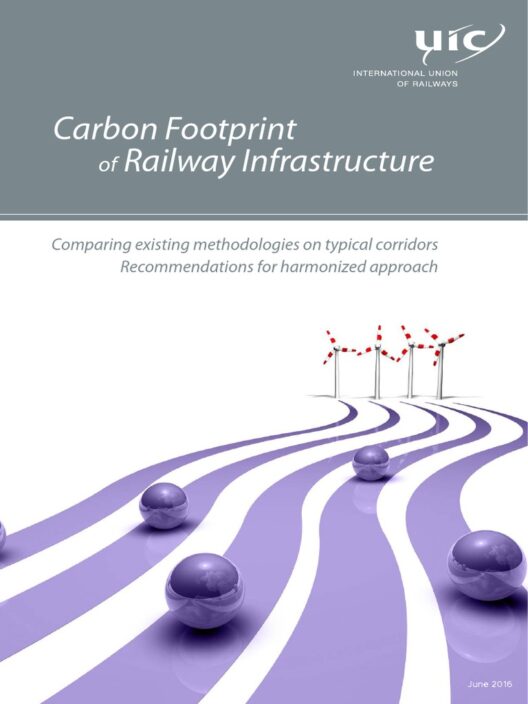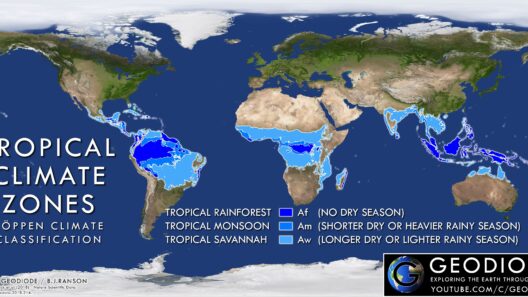Spain, a country renowned for its rich history, vibrant culture, and stunning landscapes, exhibits a remarkable variety of climate zones. From the arid plains of the southern regions to the lush green hills of the north, the climatic diversity in Spain not only shapes the environmental tapestry but also significantly influences agricultural practices, biodiversity, and the lifestyle of its inhabitants. This intricate interplay of climate and geography provokes curiosity and admiration, revealing how the nation’s climatic characteristics contribute profoundly to its identity.
To appreciate the climatic diversity, one must first grasp the prominent climatic zones identified throughout Spain, which primarily include the Mediterranean, oceanic, semi-arid, and continental climates. Each region conveys its unique attributes, impacting local flora, fauna, and socio-economic patterns. A keen observer cannot help but notice that these climate zones are not merely geographical distinctions; they also encapsulate centuries of adaptation and resilience in human endeavors.
Mediterranean Climate: The Coastal Embrace
Beginning with the most discernible climate, the Mediterranean climate dominates the coastal areas, including the famous Costa del Sol. Characterized by hot, dry summers and mild, wet winters, this climatic zone supports a remarkable agricultural bounty. The cultivation of olives, grapes, and citrus fruits thrives here, resulting in a landscape punctuated by idyllic orchards and verdant vineyards. It is not mere happenstance that Spanish cuisine boasts such a rich array of flavors, as this climate furnishes the ingredients that define regional dishes.
However, beneath this picturesque façade lies a pressing concern: climate change. Rising temperatures and erratic rainfall patterns threaten the sustainability of agriculture. Farmers face the daunting challenge of adapting to shifting climatic conditions, which could result in decreased crop yields and food insecurity. The beauty of the Mediterranean region thus masks a looming crisis that demands urgent attention and innovative solutions.
Oceanic Climate: The Green North
In stark contrast to the sun-drenched south, the northwest of Spain, particularly Galicia, showcases an oceanic climate. This region is defined by higher precipitation levels and milder temperatures throughout the year. The abundant rainfall nurtures lush landscapes, creating a strikingly verdant environment often associated with the Celtic heritage of the area. The biodiversity here flourishes, resulting in rich ecosystems that support species not commonly found in the drier parts of Spain.
Nevertheless, the oceanic climate is not without its trials. An increase in severe weather events underscores the vulnerability of this region. Flooding and landslides pose significant risks to communities and ecosystems alike. The intertwining of climate and culture in Galicia refocuses our attention on the resilience of nature and the enduring need for sustainable practices in agriculture and urban planning.
Semi-Arid Climate: The Inner Secrets
Shifting eastward, one encounters the semi-arid climate, prevalent in regions such as Castilla-La Mancha. Characterized by less rainfall than the Mediterranean zone and more extreme temperature fluctuations, the semi-arid climate is a formidable adversary for agricultural development. Here, olive trees and cereal grains fight for survival against harsh droughts. This climate has spurred innovations in irrigation technology, a necessity for transitioning towards sustainable agriculture.
This zone encapsulates a profound narrative: the transformation of adversity into opportunity. It invites professionals and scholars to study how traditional knowledge and modern science can work symbiotically to tackle the challenges posed by this demanding environment. Understanding these strategies could serve as a blueprint for other arid regions worldwide, illustrating a deeper connection between geographical and cultural adaptation.
Continental Climate: Mountain Chill
Further inland, the Pyrenees and the higher regions of the Sierra Nevada reveal a continental climate, distinguished by its cold winters and hot summers. In this realm, the altitude creates a unique microclimate that supports a distinct range of flora and fauna. The breathtaking landscapes, characterized by rugged mountains and abundant wildlife, attract outdoor enthusiasts and nature lovers from near and far.
The climatic realities of the continental zones challenge those inhabiting these regions. The harsh winters necessitate a lifestyle that prioritizes adaptation and resourcefulness. The impact of climate change is also palpable here, with shifts in snowfall patterns altering ski seasons and affecting water supply for crops downstream. This duality of beauty and hardship is at the heart of mountain communities, where the interplay of natural elements defines existence.
The Fascination with Climate Diversity
What, then, is the underlying allure of Spain’s climate zones? It is the intricate relationship between environment and human existence that captivates the imagination. Each climate zone tells a story of adaptation, resilience, and innovation. The rich biodiversity, flavorful cuisine, and culturally distinctive practices are not simply products of chance; they are a testament to the enduring efforts of those who call Spain home. This complexity invites both admiration and inquiry, encouraging a deeper examination of how climate impacts human experience.
Moreover, as the world grapples with the implications of climate change, Spain serves as a poignant case study. The future of its diverse climates hangs in the balance, urging a collaborative approach to preserving these delicate ecosystems while fostering sustainable practices that support local communities. The fascination with Spain’s climate zones offers a critical opportunity for dialogue and action, inspiring individuals and organizations to confront the pressing environmental issues of our time.
In conclusion, the climate zones of Spain are much more than mere classifications—they are living narratives that entwine the environmental and cultural fabric of the nation. From the sun-kissed Mediterranean shores to the snow-capped peaks of the continental regions, each climate encapsulates a world of contrasts, challenges, and indomitable spirit. Addressing the interconnectedness of climate and society not only enriches our understanding of Spain but also compels us to advocate for a sustainable future where nature and humanity thrive in harmony.








